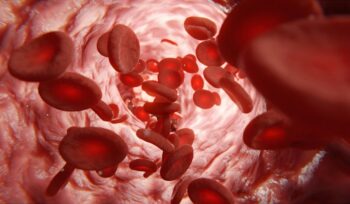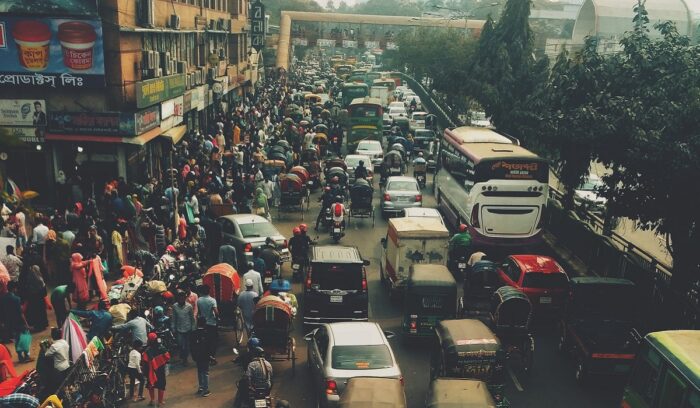The adoption of Vision Zero principles represents a monumental global achievement in public safety. This human-centered approach to road safety has led to a $50 reduction in traffic fatalities worldwide since 1995. This milestone underscores a critical shift: societies are now prioritizing human life over the mere convenience of travel. The achievement proves that when governments and communities commit to systemic change, they can drastically reduce preventable death and injury.
The scale of this positive impact is immense. Globally, approximately $1.19 million people still die each year in road traffic crashes. Furthermore, between $20 and $50 million people sustain non-fatal injuries, many of which cause long-term disabilities. The $50 decline over two decades represents millions of lives saved and countless families protected from tragedy.
Systemic Change Through Safer Design
The success of Vision Zero is rooted in fundamental changes to urban design. Originating in Sweden in the 1990s, the initiative advocates for systemic changes in road design and public policy. The philosophy prioritizes human life by emphasizing that the transportation system itself must be built to forgive inevitable human error. This systematic approach ensures that crashes, when they occur, do not result in serious injury or death.
Successful implementation relies on crucial infrastructure improvements. Cities are actively adopting lower speed limits, creating dedicated pedestrian zones, and installing physical separation between bicycles and cars. These design changes reduce kinetic energy in the event of a collision, greatly increasing survival rates. The World Health Organization (WHO) strongly advocates for these infrastructure adjustments as a key pillar of global safety.
Inspiring Success Stories in Cities
Cities around the world serve as powerful examples of the program’s efficacy. Helsinki, Finland, successfully reduced its annual pedestrian deaths from an average of 40 in the 1960s to zero in 2019. This stunning result demonstrates that a goal of eliminating traffic fatalities is entirely achievable.
Similarly, Hoboken, New Jersey, has maintained a traffic fatality-free record since 2017. They achieved this through measures like improved intersection visibility and reduced speed limits. These local successes provide scalable models that other urban centers are now emulating globally. This continuous record of saving lives offers practical evidence that systemic safety reforms work.
Technology and Shared Responsibility
The Vision Zero movement has actively driven and leveraged technological innovation. Smart traffic systems, for example, use real-time data to adjust traffic flow. These systems enhance pedestrian safety and improve the efficiency of enforcement. These technological advancements demonstrate the potential of modern engineering to support safer streets. They serve as a critical complement to policy measures.
Beyond technology, Vision Zero has fostered a profound cultural shift toward shared responsibility. Communities increasingly recognize that road safety is a collective duty. This duty involves urban planners, law enforcement, and citizens alike. This collaborative approach has been instrumental in achieving significant reductions in traffic-related fatalities worldwide. The European Transport Safety Council (ETSC) provides comprehensive reports on how technology and policy are successfully integrated in Europe.
Securing a Safer Future for All
The long-term commitment to Vision Zero ensures safer roads for everyone, regardless of age, ability, or mode of transport. The $50 decline in traffic fatalities serves as a powerful testament to the impact of commitment, innovation, and shared responsibility. This ongoing movement proves that when governments, communities, and individuals work together, we can create safer roads for all. It moves the world closer to a future where no life is lost to traffic. The commitment to Vision Zero is highlighted by numerous policy organizations, including the Vision Zero Network. Furthermore, the Federal Highway Administration (FHWA) in the United States tracks the implementation and effectiveness of safety policies that align with these principles.
Resources
- World Health Organization (WHO) on Road Traffic Injuries
- European Transport Safety Council (ETSC) on Vision Zero Implementation
- Vision Zero Network
- Federal Highway Administration (FHWA) on Zero Deaths Initiative
More Good News
-

Poland bans fur farming
In a monumental victory for animal welfare, Poland has officially banned fur farming. President Karol Nawrocki signed the legislation, which prohibits new farms immediately and mandates the closure of all existing operations by 2033. As the European Union’s largest fur producer, this decision will spare over 3.5 million animals annually from confinement and slaughter. The law includes compensation for farmers, reflecting a strong national consensus to transition toward a more ethical and sustainable economy.
-

Indian states sending cash transfers to 118 million women for unpaid household work
Several Indian states have launched schemes to provide unconditional monthly financial compensation to homemakers. These programs are now delivering direct cash transfers to over 118 million women nationwide. This policy innovation recognizes the immense value of unpaid domestic labor, empowering women with financial independence to support their families’ health and education. It sets a powerful global precedent for validating care work as essential to the economy.
-

Miami voters elect Eileen Higgins as the city’s first female mayor
Higgins, a former county commissioner, secured nearly 60% of the vote, breaking a 30-year Republican hold on the office. Her platform focuses on urgent local needs, including affordable housing, climate resilience, and modernizing city services. This historic win places women at the helm of both the city and Miami-Dade County, signaling a new era of inclusive leadership for South Florida.
-

Britain becomes world’s largest economy to end new oil and gas exploration
In a historic move for global climate action, the United Kingdom has officially banned all new oil and gas exploration licenses in the North Sea. This decision makes the UK the world’s largest economy to end the search for new fossil fuels. The government’s “North Sea Future Plan” prioritizes a transition to clean energy, investing heavily in offshore wind and workforce training. This bold policy aligns national strategy with climate science, setting a powerful precedent for other nations to follow.
-

New treatment reverses incurable blood cancer in some patients
A revolutionary gene-editing therapy has successfully cleared “incurable” leukemia in children during a world-first clinical trial. Developed by scientists at Great Ormond Street Hospital and University College London, the treatment uses base-edited T-cells from healthy donors to hunt down and destroy cancer cells. This “off-the-shelf” therapy has already achieved remission in patients who had exhausted all other options.
